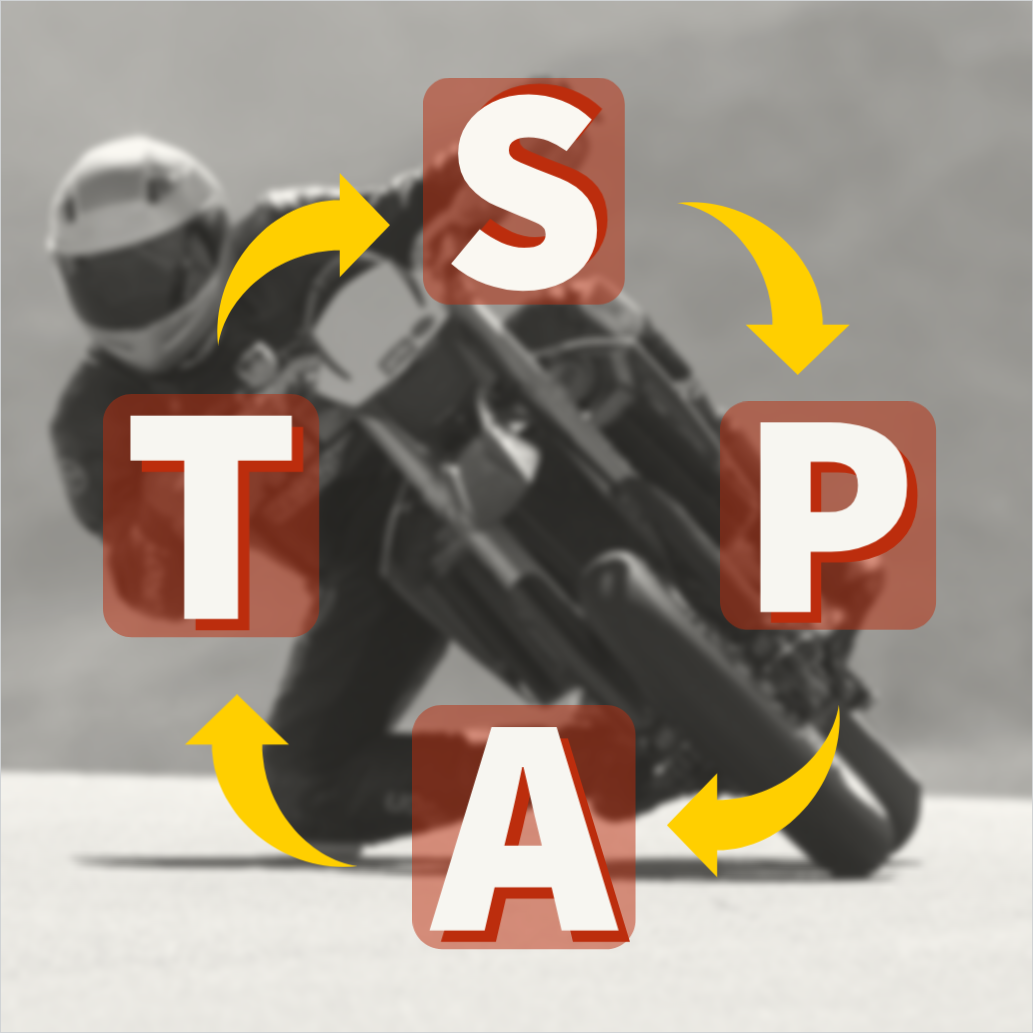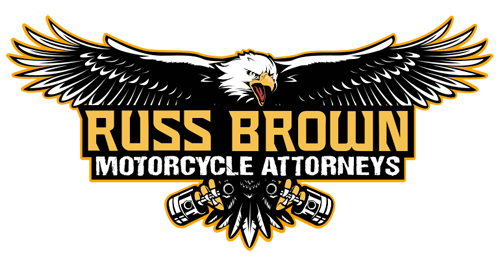SPAT, Donít Splat

One of the challenges in the rider training field is describing incredibly complex phenomena in simple terms. For instance, you might hear someone say, “When in doubt, gas it!” There are times when that is useful information but there are also times when that advice can get you killed. The cornering process is one of those areas where the level of granularity desired can lead to very different results.
For instance, in our Total Control Advanced Riding Clinics we teach a process known as “The 10 Steps to Proper Cornering.” It provides a level of detail that would be overwhelming to a new rider, and does not include braking as part of the process. This is in order to isolate cornering skills from braking skills, which are taught separately and later integrated into the curriculum.
Similarly, the Motorcycle Safety Foundation teaches a four-step cornering process known as Slow—Look—Press—Roll. The Idaho, Oregon and Ohio state programs teach a variation of this that goes Slow—Look—Roll—Press. In both of those instances you have a physical, linear process that works well in some corners (i.e. those on a training range) but not necessarily in others. Take turning from a stop as an example. You can’t start by slowing when you’re already at 0 mph. The same thing goes for multiple, linked turns. That process may or may not work well depending on things like uphills, downhills, decreasing radius, etc.
While developing the beginner program we provide to the state of California, I did my best to look at everything with a fresh set of eyes and not be afraid to slay some sacred cows that had outlived their usefulness. In the words of Zen master Basho, “Do not follow in the footsteps of the men of old. Seek what they sought.”
First off, I noticed that the word “press,” no matter where in the cornering process it was placed, didn’t seem like the right word to me to describe what riders did to the bars during a turn. To illustrate, let’s look at something we can all relate to like a computer keyboard. It even requires our bodies to be in a fairly similar position to when we’re on our bikes as we reach for the handlebars. If I asked you to first press your keyboard, then to push your keyboard, which motion best replicates what we do to initiate countersteering on a motorcycle?
When I asked a lot of instructors why they thought the word press was used, none of them seemed to have a satisfactory answer for me. OK, so I now knew that I didn’t want to use that word, but was there a better word? The more I searched the more I realized that the problem wasn’t so much semantics, but operational and philosophical. This led me to start describing a process that was as much mental as physical, as cornering requires so many decisions to be made on the fly, not just physical actions to be performed. I also wanted a process which could work for virtually any corner in any situation. While playing around with many names, concepts, ideas and acronyms with one of my best instructors, it was his wife who first shouted out “SPAT!”
“What’s SPAT,” I asked?
“That what you just spelled with your cornering process,” she replied.
She was right. SPAT stands for the steps we came up with: Speed—Position—Aim—Turn. Unlike Slow—Look—Press—Roll, SPAT was a dynamic, cyclical process that repeats itself over and over, just like when we’re riding on the street.
Walking through the steps:
Speed means we check and adjust our speed. That may mean we need to accelerate, decelerate or use maintenance throttle. After our speed is set we move on to Position.
Position means we adjust our body and lane position for the upcoming turn. We also may need to adjust our position within traffic to stay out of blind spots or our position within a group if we’re riding with others. Once our positions are set we move on to Aim.
Aim is more than simply looking—it implies intension. Just as you need to aim a gun to hit a target, we need to aim our bikes toward the exit of the turn. Aiming includes looking, planning our path of travel (line) and what we call connecting the dots. That means drawing a line in our minds connecting the turn point to the apex to the exit point of our turn. Once we’ve aimed our bikes we turn them.
Turn is what happens when the unique combination of steering and leaning that makes a particular bike-rider-speed combination change direction. As soon as the bike is leaned into the turn the process goes back to Speed, etc.
By getting properly trained and continuously cycling through the SPAT process, riders will be able to adjust to any type of turn on any motorcycle.


















